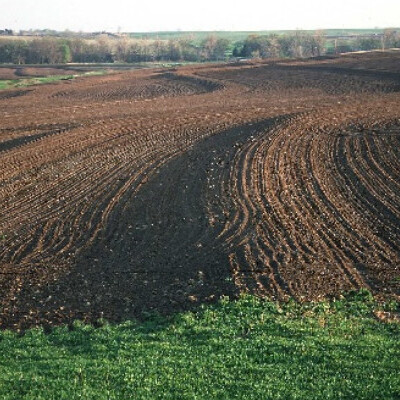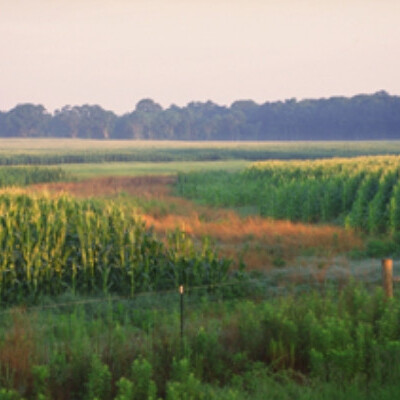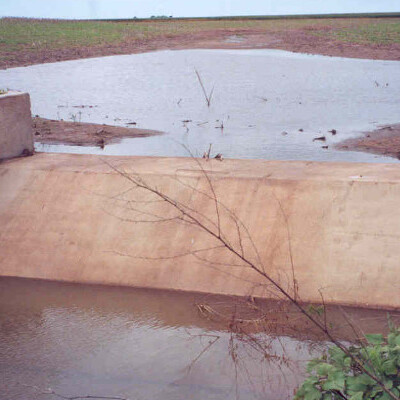State Cost Share Cropland Conservation Practices
There are many cropland practices providing numerous benefits that can be implemented using state financial assistance. Land treatment practices on cropland reduce soil erosion, improve soil tilth, protect water quality and retain runoff for moisture conservation.
The following practices are approved through the State Cost Share program for local districts to offer related to erosion and sediment control on cropland: Conservation Crop Rotation, Residue and Tillage Management/No Till, Contour Buffer Strips, Critical Area Planting, Sediment Basin, Diversion, Windbreak/Shelterbelt Establishment, Filter Strip, Grade Stabilization Structure, Grassed Waterway, Terrace, Underground Outlet, and Water/Sediment Control Basin.
The following are descriptions of some common practices.
Terrace
A terrace is an earth embankment or a combination ridge and channel constructed across the slope on cropland only, except when used in conjunction with a confined animal feeding operation. Its purpose is to reduce slope length, reduce erosion, reduce sediment content in runoff water, improve water quality, intercept and conduct surface runoff at a non-erosive velocity to a stable outlet, and to retain runoff for moisture conservation or prevent gully development.
Grassed Waterway
Grade Stabilization Structure
Cover Crops
Cover crops, if used in combination with no-till and a diverse cropping rotation, provide numerous benefits. Cover crops or no-till by themselves are only a part of a complex cropping system which need to be carefully planned to gain the most benefit. In combination with other smart cropping practices, cover crops can maximize erosion reduction, soil organic matter, biodiversity, and weed suppression. In addition, covers can improve nutrient cycling, better manage soil moisture, provide supplemental forage, and minimize soil compaction. Careful consideration is needed when planning cover crops into an existing crop rotation. Species selection, timing of cover planting, and cover termination need to be well planned in advance of the planting window. For livestock producer, cover crops can also be grazed to cut the cost of winter feeding. Livestock wells and water supplies, which rank high enough, may also be contracted under state cost share to support livestock grazing.
Nutrient Management
Given the opportunity to improve plant health and productive while reducing excess nutrients in surface and ground water are the benefits of a good nutrient management plan. While consulting with local agronomists of their choice, landowners and producers can manage the rate, source, placement and time of plant nutrients and soil amendments of the soil. By developing a basic nutrient management plan, producers will accurately know the measurable sources for nitrogen (N), phosphorus (P) and potassium (K) in their soil and can address the removal of these nutrients.



